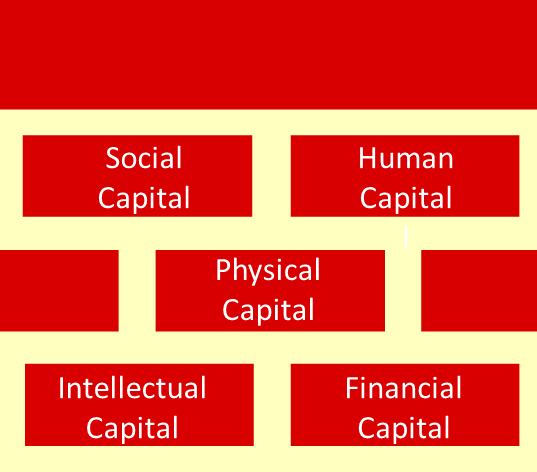 There is a lot of discussion about the need and challenges of measuring impact. There is also a lot out there about good and bad ways of measuring business performance. But these two facets alone don’t give a complete picture of the value of an organization and its work. Measuring organizational sustainability does.
There is a lot of discussion about the need and challenges of measuring impact. There is also a lot out there about good and bad ways of measuring business performance. But these two facets alone don’t give a complete picture of the value of an organization and its work. Measuring organizational sustainability does.
This may be more important than you think. Back in 2008, I convened a workshop of people from organizations that invest in social enterprise in Canada (as part of the research that led to Demonstrating Value). To kick start a good discussion about what is important to measure, we conducted a survey prior to the workshop that asked investors to rank criteria they use to guide their investment decision, in other words, what they look for in prospective social enterprises that they may invest in. Representatives from 12 investor organizations participated.
I expected that being able to demonstrate social impact would top of the list. Or even business performance. But these criteria, while important, weren’t the top ones. What topped the list was elements of the social enterprise’s organizational sustainability (or health). The top five criteria that investors wanted to see were:
- The social enterprise’s ability to deliver on its mission
- The sustainability of enterprise over time as evidenced by planning and its past operations
- The capacity of organization to deliver on its strategy / plan
- Adequacy of financial analysis and projections
- Positioning of enterprise to address the need
Other important elements included suitable employment conditions, evidence of clear planning processes, a clear articulation of viability and sustainability, the strength of community and sector support, sufficiency of capital assets and that they had mentorship and technical assistance where needed
The Demonstrating Value Framework ultimately included Organizational Sustainability, along with Mission Impact and Business Performance, as key components of good measurement. The Demonstrating Value Workbook includes a section on defining measures around organizational sustainability as part of working out what to include in a Performance Snapshot. Further tools are also available in the Tools and Resource section. (You can filter resources to find specific tools that relate to Organizational Sustainability. A popular tool is the Organizational Sustainability Assessment Tool that provides a useful framework and checklist for reviewing the extent to which you are developing the key building blocks (or ‘capitals’) of organizational sustainability.

These are:
- Human Capital, which represents the knowledge, skills, abilities and capacities possessed by people involved in the social enterprise;
- Organizational Capital, which refers to systems and practices to be able to get things done, and to do them well and consistently;
- Financial Capital, which represents the financial health of the organization in a form of currency that can be traded;
- Social Capital, which represents the number and quality of the social enterprise's relationships;
- Intellectual Capital, which captures the knowledge assets of an organization such as ideas, inventions, general knowledge, designs and processes.
